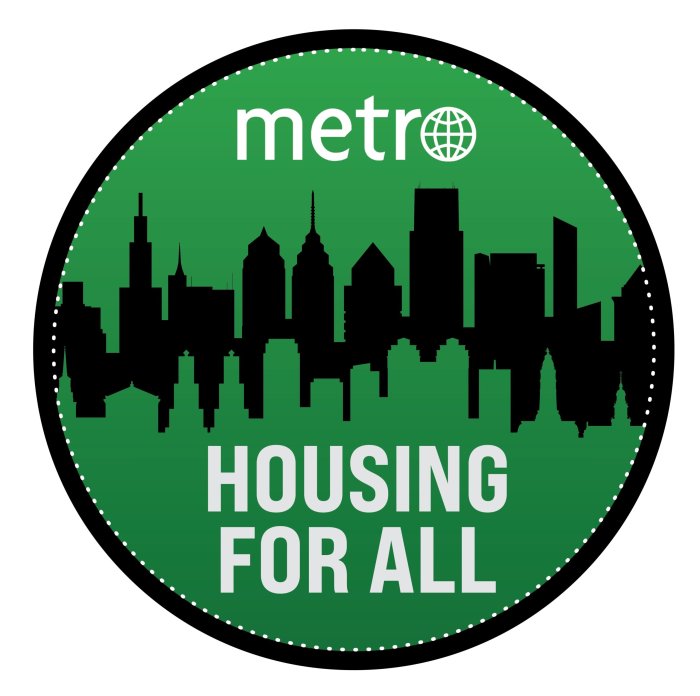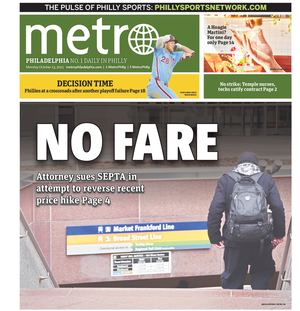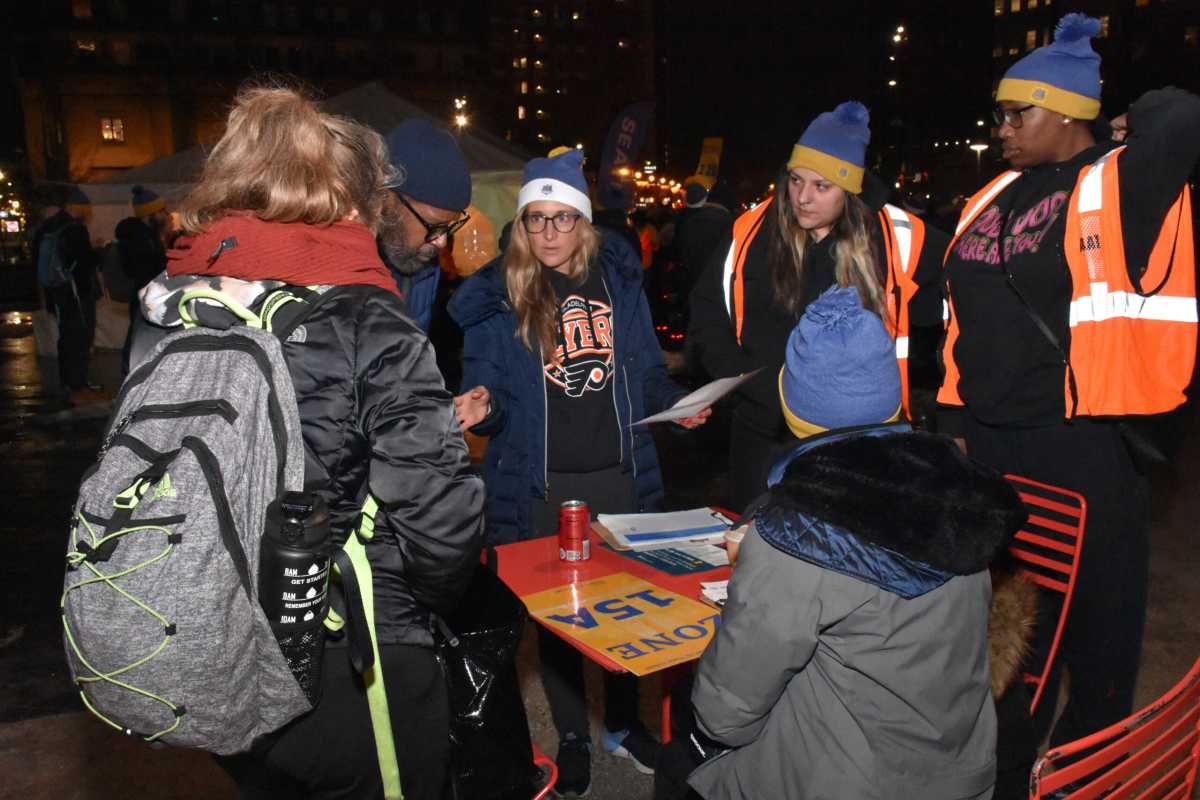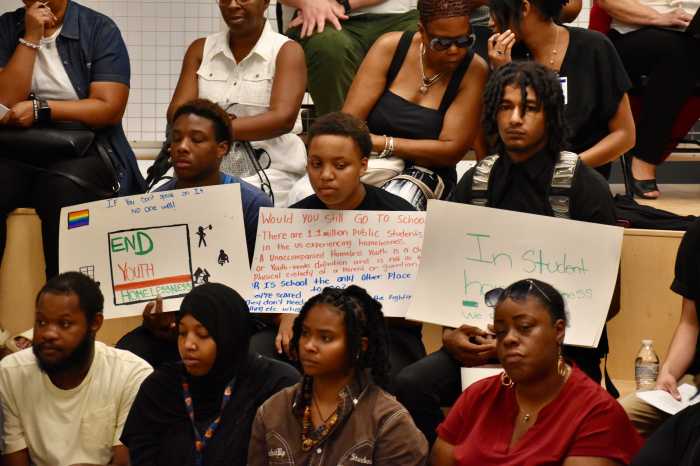Results from Philadelphia’s annual homelessness census showed a nearly 40% increase in the number of people living on the street.
Volunteers completed the survey, known as the Point-in-Time or PIT count, in January, and the city’s Office of Homeless Services released the numbers this week. They tallied 976 unsheltered individuals, up from 706 last year.
The total represents a 16% increase over the last pre-pandemic count, in 2020, and is the highest number since 2018, when nearly 1,100 unsheltered people were included in the census.
Surveyors, more than 360, were split into nearly 50 teams that were deployed to known hotspots throughout the city for the overnight count, which stretched into the early morning hours Jan. 25.
The censuses represent a snapshot in time and have well-known flaws. Volunteers do not venture into abandoned properties, and those who are temporarily living with someone else – referred to as ‘couch surfing’ or ‘doubled-up’ – are not tallied.
Nonetheless, PIT counts are federally mandated, and the data informs how the U.S. Department of Housing and Urban Development distributes funding.

OHS’s 2024 results indicate that the unsheltered population grew 23% in Center City over the prior year, with 347 people counted downtown and in the underground transit concourse.
In Kensington, 337 people living on the street were counted, also a 23% jump. The neighborhood has seen an 12% annual average increase since 2016 and now accounts for more than a third of all unsheltered individuals in the city, the department’s report said.
Much of the housing insecurity in Kensington stems from the opioid epidemic, OHS’s analysis notes, and Mayor Cherelle Parker has made it a priority to end the area’s open drug sales.
More than 40 people were documented living at or near Philadelphia International Airport, compared with just seven in 2022.
The counts also incorporates folks staying in emergency shelters, safe havens and transitional housing programs. A total of 4,215 individuals were living in those types of housing at the time of the count, a 5% increase over last year.
City Councilmember Jamie Gauthier, in a post on X, formerly Twitter, said she was “deeply concerned” about the PIT count results.
“We must do more to keep vulnerable families in their homes and help our neighbors experiencing homelessness access safe, stable, and affordable housing,” she added. “This necessitates boldly fighting poverty and the opioid epidemic, as well as building and preserving genuinely affordable housing.”
Optional surveys were offered to those being counted, and just over 250 people agreed to complete the form.
In a first, the questionnaire asked participants if they had been evicted in the last three months or had migrated from outside Philadelphia in the last year. Twelve percent reported being evicted, and 2% said they had recently moved to the city, according to OHS.

‘Housing For All’ is a two-year project in which Metro Philadelphia will investigate the city’s affordable housing crisis. It is made possible by The Lenfest Institute for Journalism’s Philadelphia Local News Sustainability Initiative grant.





























